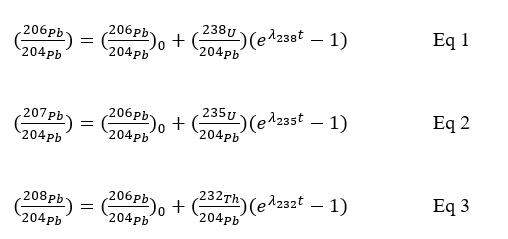Heike Wanke2, Innocent Shuro3, Manny Mathuthu4, Naomi Mokhine4, Tebogo Gilbert Kupi4, 5
1 National Radiation Protection Authority of Namibia
2 Department of Geography and Environmental Management, University of the West of England
3 Electron Microscope Laboratory, North-West University, Potchefstroom Campus, 11 Hoffman Street, Potchefstroom, 2531
4 Centre for Applied Radiation Science and Technology, North-West University, Mafikeng Campus, Corner of Albert Luthuli and University Drive, Mmabatho, 2745
5 Unit for Environmental Sciences and Management, North-West University, Potchefstroom Campus, 11 Hoffman Street, Potchefstroom, 2531








